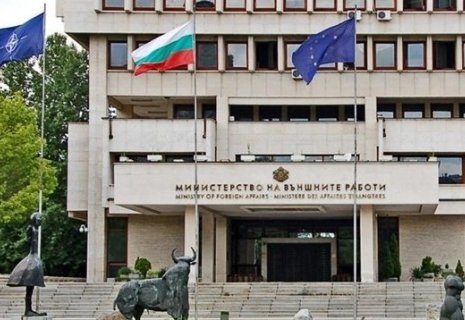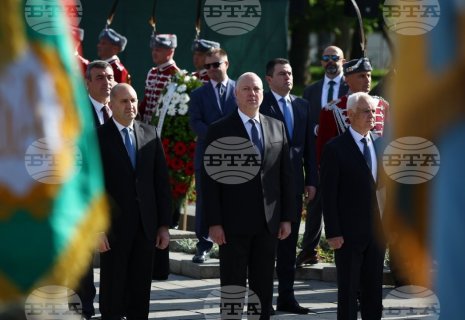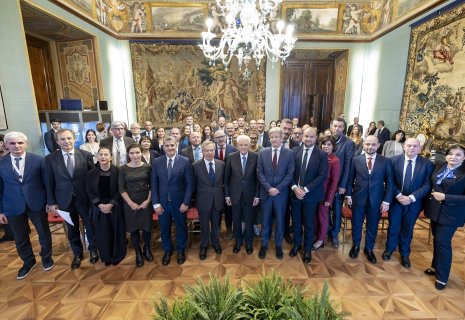
Bulgaria’s Defense Gap Persists
Despite plans to increase defense spending to 2.5% of GDP between 2026 and 2032, Bulgaria will still struggle to modernize its Armed Forces, according to a government report on the country’s defense investment program, CE Report quotes BTA
Decades of underfunding have left Bulgaria’s military with outdated equipment, much of it from the Warsaw Pact era, now unserviceable due to expired lifespans and lack of spare parts. The report, published on the government’s website, notes that current resources—even with strategic partnerships—are insufficient to fully meet modernization goals.
The program outlines 13 priority projects. One key focus is the acquisition of 198 combat and auxiliary vehicles, including 183 Stryker vehicles, with deliveries scheduled from Q3 2025 through early 2028 at a pace of ten per month.
Another major project is the procurement of NSM coastal anti-ship missile systems through the U.S. Foreign Military Sales program, following a detailed analysis of operational needs and manufacturers’ proposals.
Bulgaria is also exploring the joint acquisition of 155mm CAESAR self-propelled howitzers with France and several EU partners. A non-binding agreement has been signed, with a final decision pending financial and technical proposals.
Further efforts include preparations to acquire minehunter ships from Belgium and the Netherlands for the Navy.
While industrial cooperation remains a goal, the focus is currently on developing national maintenance capabilities rather than joint production. The report stresses that cross-sector collaboration—key to such projects—remains insufficient.
The findings highlight Bulgaria’s ongoing struggle to bridge the gap between NATO standards and its limited defense infrastructure.
























